I am trying to get Vim to syntax highlight any file that ends with extension .Rtex in the following way:
- All top level text is highlighted as TeX
- Exception: any text enclosed in
\begin{python}...\end{python}is highlighted as Python
I am able to achieve each of these criteria individually, but unable to achieve both simultaneously. I think that somehow the TeX highlighting overrides my Python-highlighted regions, or prevents them from taking effect, and I am stuck trying to figure out how.
First step: edit .vimrc to give files with extension .Rtex the filetype rtex:
au BufRead *.Rtex setf rtex
Second step: create ~/.vim/syntax/rtex.vim. It is the contents of this file that will determine how to highlight .Rtex files.
Third step: enable general top-level TeX highlighting, by making rtex.vim look like this:
runtime! syntax/tex.vim
If I now open a .Rtex file, the entire file is highlighted as TeX, including any text within \begin{python}...\end{python}, as expected.
Fourth step: follow the instructions in Vim's :help syn-include to include python highlighting and apply it to all regions delimited by \begin{python} and \end{python}. My rtex.vim file now looks like this:
runtime! syntax/tex.vim
unlet! b:current_syntax
syntax include @Python syntax/python.vim
syntax region pythonCode start="\\begin{python}" end="\\end{python}" contains=@Python
The unlet! b:current_syntax command is meant to force the python.vim syntax file to execute even though an existing syntax (TeX) is already active.
Problem: If I now open a .Rtex file, the entire file is still highlighted only as TeX. The \begin{python}...\end{python} region seems to have no effect.
Experiment: If I remove or comment out the runtime! command, I do get python highlighting, within the \begin{python}...\end{python} regions, exactly as desired, but of course no TeX highlighting in the remainder of the document. I therefore conclude that the TeX highlighting is somehow responsible for preventing the python regions from taking effect.
Can a Master of Vim offer me any suggestions? I am currently stumped. I have looked at several pages and stackoverflow questions that seem relevant, but none of them have so far led to a solution:
